Uncategorized
-
 Neuroscience
NeuroscienceYear in review: Gaps in brain nets might store memories
Holes in nets that surround nerve cells may store long-term memories, scientists proposed this year.
-
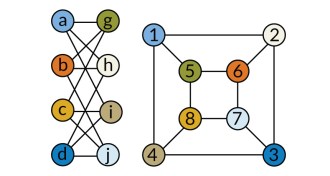 Math
MathYear in review: New algorithm quickly spots identical networks
In what may be a once-in-a-decade advance, a computer scientist claimed to have devised an algorithm that efficiently solves the notorious graph isomorphism problem.
By Andrew Grant -
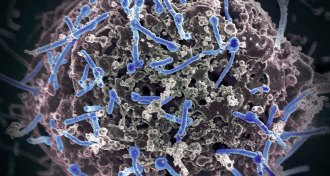 Health & Medicine
Health & MedicineYear in review: Ebola vaccines on the way
After more than a year of furiously developing and testing potential Ebola vaccines, two candidates have risen to the top and may soon be available for use.
By Meghan Rosen -
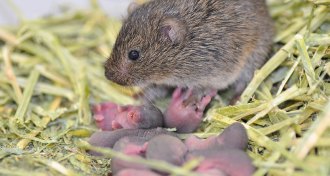 Animals
AnimalsForgetful male voles more likely to wander from mate
Poor memory linked to a hormone receptor in the brain could make male prairie voles more promiscuous.
-
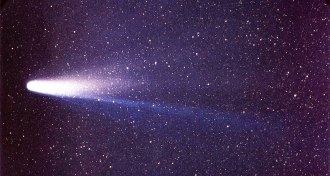 Planetary Science
Planetary ScienceComets-spewing-oxygen club gets new member
Halley’s comet becomes possibly the second comet known to be carting around oxygen buried since the formation of the solar system.
-
 Climate
Climate195 nations approve historic climate accord
The Paris climate talks end with delegates from 195 nations releasing a hard-fought agreement to curb climate change and limit warming to 2 degrees Celsius.
-
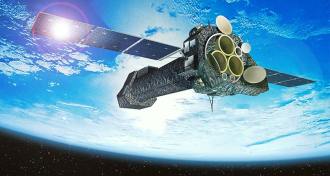 Cosmology
CosmologyDebate grows over whether X-rays are a sign of dark matter
The dwarf galaxy Draco, which is chock-full of dark matter, doesn’t emit a band of X-rays that researchers hoped were produced by the mysterious invisible stuff.
By Andrew Grant -
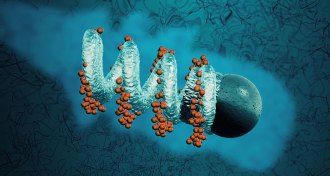 Life
LifeTo push through goo, use itty, bitty propellers
Newly designed micropropellers mimic bacteria to move through viscous surroundings.
-
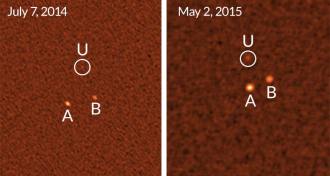 Planetary Science
Planetary ScienceIt’s a new planet! It’s an unknown star! It’s — oops!
A couple of unexpected wandering points of light in the sky could be new planets or even a dim star orbiting the sun, but researchers have plenty of reasons to be skeptical.
-
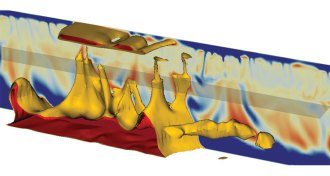 Earth
EarthGooey rock in mantle thickens 1,000 kilometers down
Gravitational tugs provide an unprecedented peek into the structure of Earth’s mantle and reveal a sudden increase in viscosity roughly 1,000 kilometers below ground.
-
 Chemistry
ChemistryElusive chemical reaction transition state captured
A new method provides a detailed look at the elusive transition state.
-
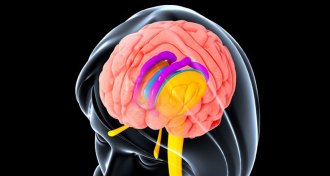 Neuroscience
NeuroscienceBrain shapes come from mom and dad
By linking genes to brain shapes, scientists have a new way to study how the brain works.